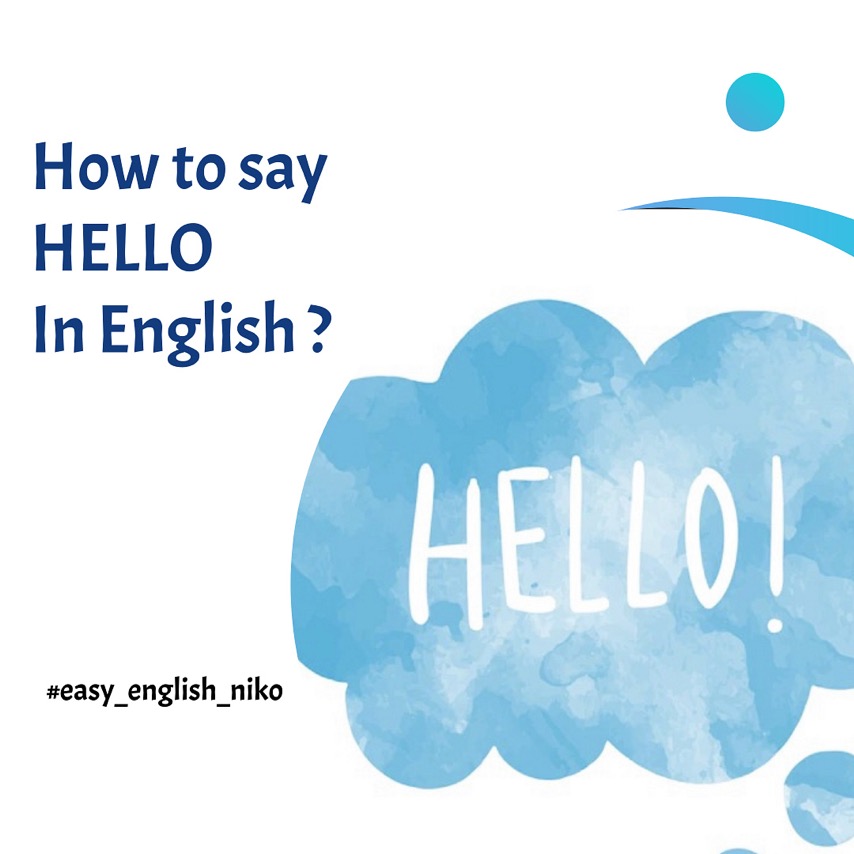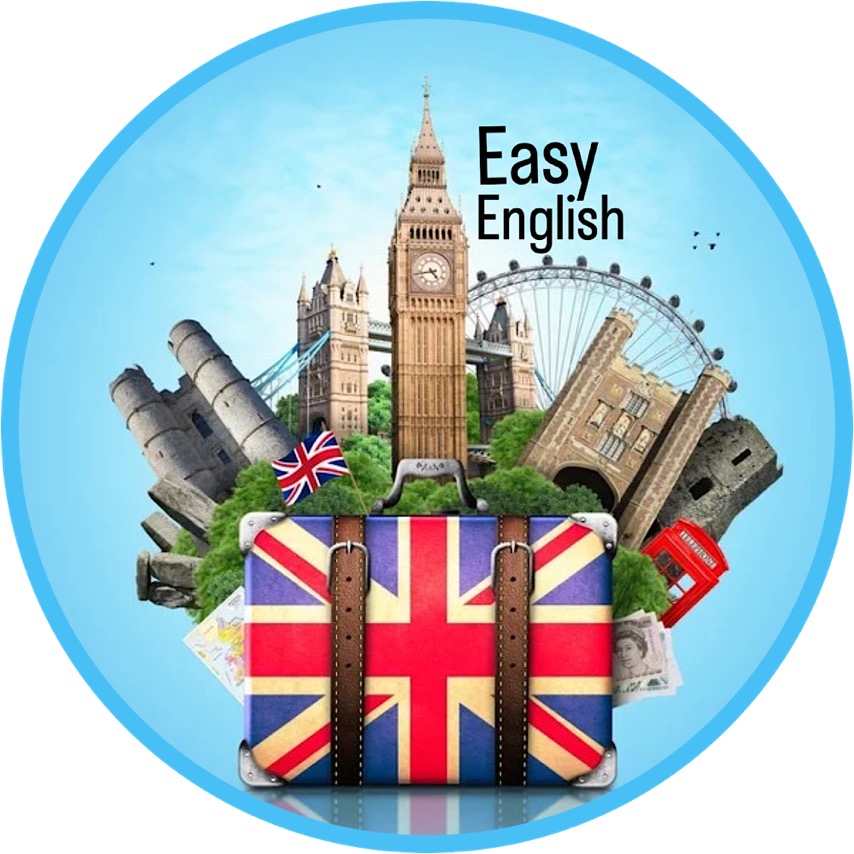Different Ways To Say Hello In English
You usually use “hello” for greeting, but do you know that there are many other ways to greet as well? I bet that this is what you’ve been searching for, huh. Let’s check out.
Here are a few common English greetings (and examples of exchanges) that you can use in formal, informal, or casual situations.
Formal greetings: “How do you do?”
The phrase featured in the heading above is formal, a bit outdated, and not often used today. However, certain greetings are appropriate for use in more formal situations or when respect and courtesy are called for. These instances include business meetings, formal classroom or workplace presentations, or meeting a friend’s parents. You may encounter such greetings when doing business in restaurants and shops. There are many other options, but here are six of the most common formal ways to say “hello”:
1. “Hello!”
2. “Good morning.”
3. “Good afternoon.”
4. “Good evening.”
5. “It’s nice to meet you.”
6. “It’s a pleasure to meet you.” (These last two only work when you are meeting someone for the first time.)
Informal general greetings
These greetings can be used in most informal situations when you are saying hello to a colleague or to someone you meet on the street.
7. “Hi!” (Probably the most commonly used greeting in English)
8. “Morning!” (A more casual way of saying “Good morning”)
9. “How are things (with you)?”
10. “What’s new?”
11. “It’s good to see you.” (Used when you haven’t seen someone in a while)
12. “G’day!” (Short for “Good day”)
13. “Howdy!” (Often used in the southern regions of the United States)
Even though some of these expressions look like questions, the “greetee” is not always meant to answer them. In fact, confusing as it may seem, sometimes a question is answered with a question. And sometimes these greetings can be used in combination:
Jane: “Hi, Jake. What’s new?”
Jake: “G’day, Jane. How are things?” or “Morning, Jane. It’s good to see you!”
Casual informal greetings
These ways to say “hello” are used in very casual, friendly, and familiar contexts. They can be used in spoken English, text messages, voicemail messages, or emails with people that you know well. While they’re not exactly rude to use with strangers, they aren’t exactly polite, either. Using these greetings with people you don’t know well might cause confusion, and these greetings are not considered appropriate in certain contexts. You shouldn’t use these casual greetings in formal situations, as doing so might make the person you’re talking to think you aren’t taking that formal situation as seriously as you should be. For example, it would be wildly inappropriate to say “What’s happening?” to someone you were greeting at a funeral, and I would strongly advise against using “Yo!” when meeting a prospective employer at a job interview.
14. “Hey” or “Hey there.”
15. “What’s up?” (Sometimes expressed as “‘Sup?”)
16. “How’s it going?”
17. “What’s happening” or “What’s happenin’?”
18. “Yo!”
These words and phrases are mostly used by young people to greet their friends when they arrive somewhere like a party, an exam, or a class. Again, although some of these greetings look like questions, no answers are expected.

